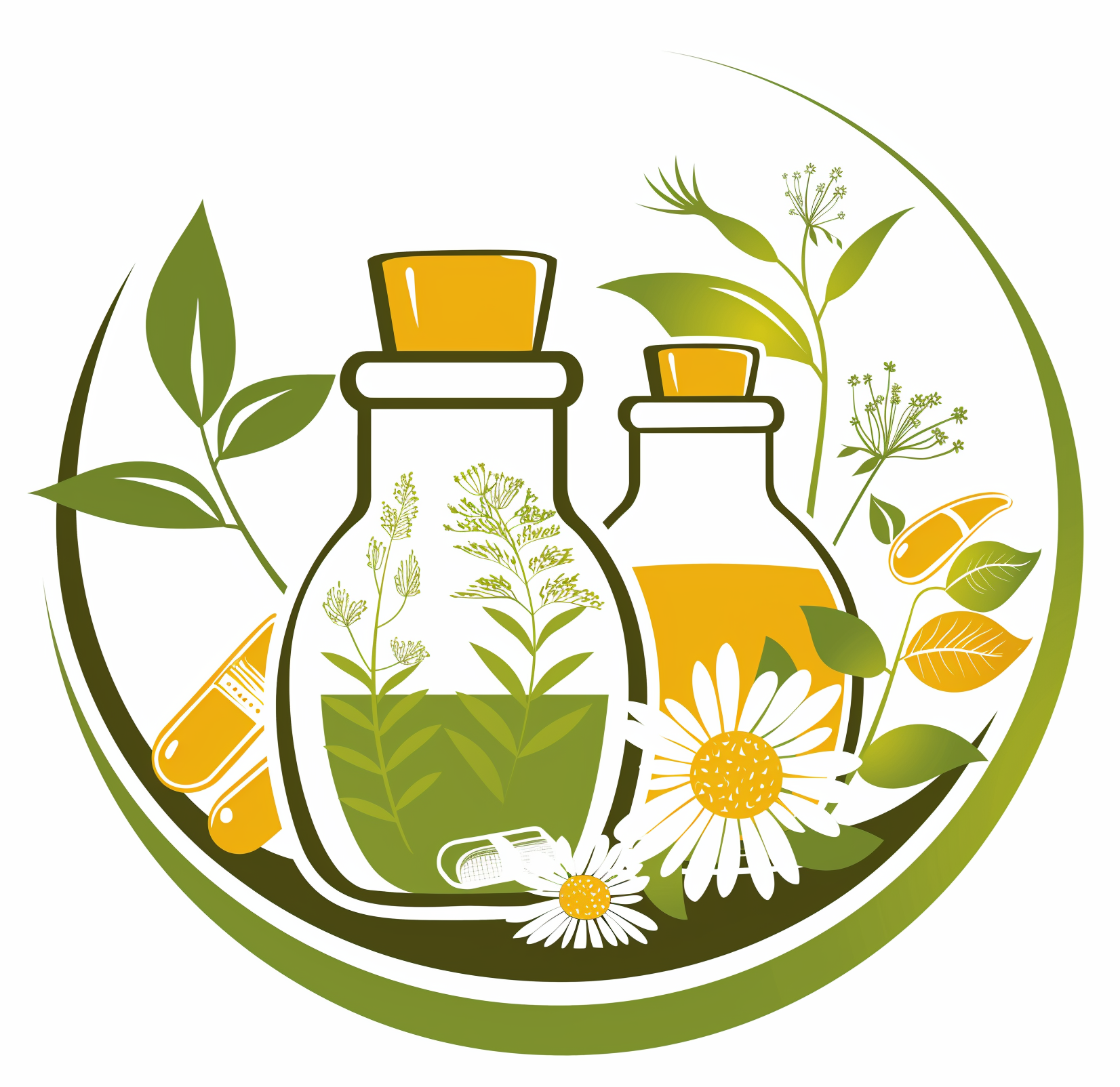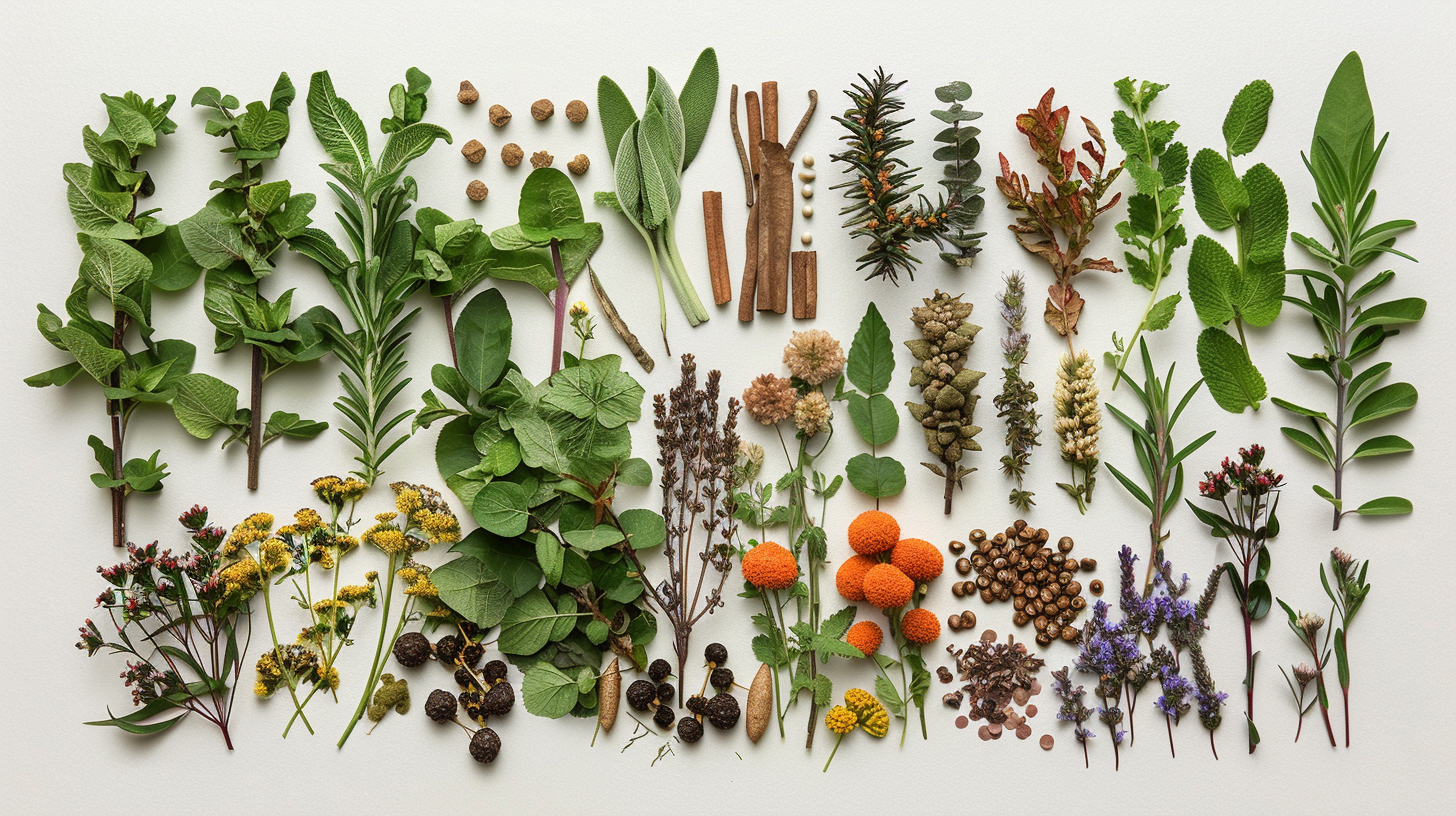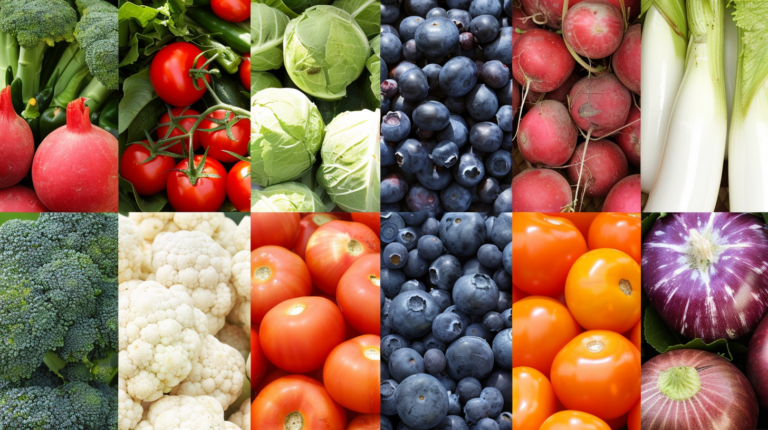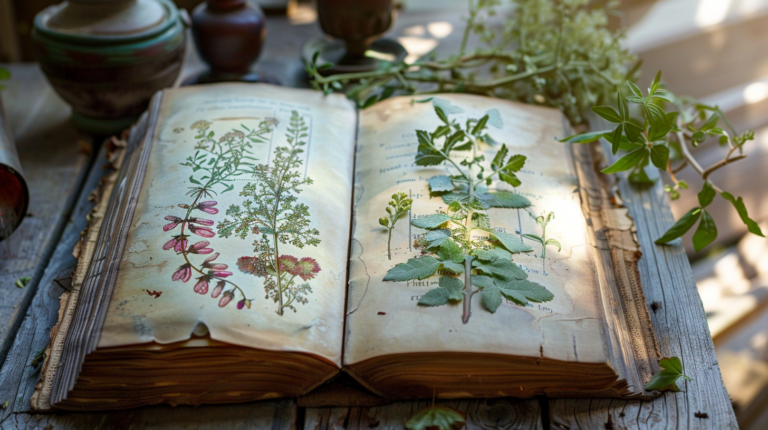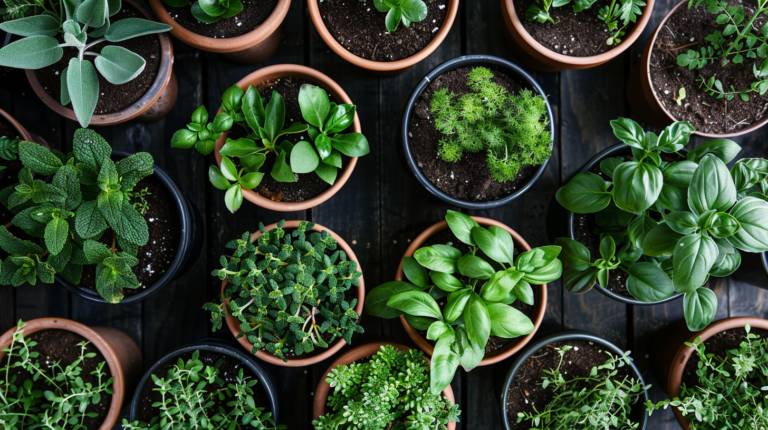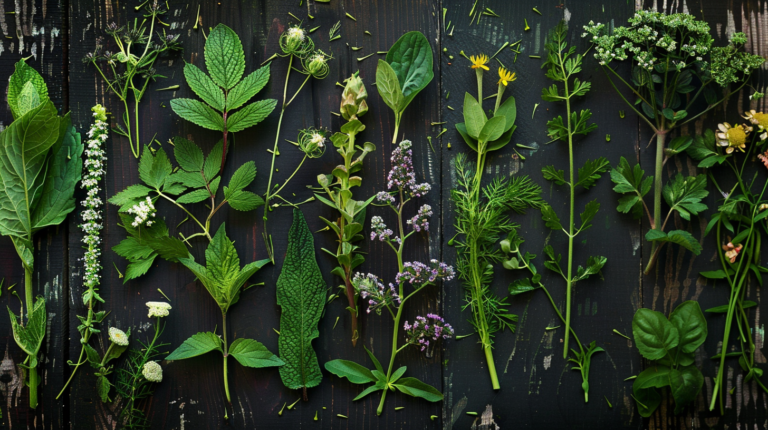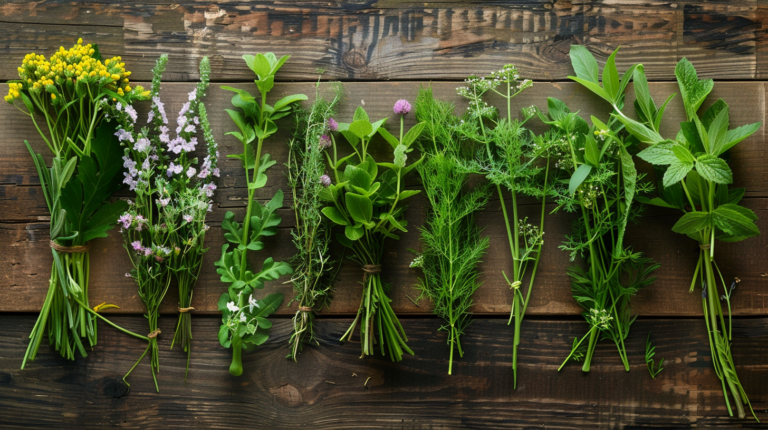Medicinal Plants and Their Traditional Uses: Ultimate Guide
Imagine a world where remedies for ailments sprout right in your backyard. We’re all looking for ways to foster better health, aren’t we? But the over-dependence on pharmaceuticals sometimes leaves us yearning for more natural, sustainable solutions. Here’s where the allure of medicinal plants stirs curiosity, bringing us closer to nature’s own pharmacy.
For centuries, various civilizations have utilized the power of medicinal plants to treat an array of disorders. Despite advancements in modern medicine, many of these natural remedies have stood the test of time. Yet, how do we navigate their uses and ensure they’re effective? Not to mention, are they backed by scientific research, or just old wives’ tales archived in dusty tomes?
Well, this is where the beauty of combining traditional wisdom with contemporary scholar research shines. We can leverage resources like Google Scholar and PubMed to uncover validated benefits of these plants. You see, the integration of medicinal plants and their traditional uses offers a holistic approach to health, blending historical knowledge with modern science. It’s not just about addressing symptoms; it’s about enriching our lives with nature’s bounty. Let’s dive deep into this wealth of herbal wisdom and explore how it can bring balance and vitality to our lives.
Understanding Medicinal Plants
Historical Overview
Ancient Civilizations and Their Herbal Practices
From the dawn of civilization, our ancestors have turned to nature’s bounty for healing. Some of the earliest records, like those from ancient Egypt, showcase how plants were the cornerstone of early medicine.
Think of the famous Ebers Papyrus, an extensive scroll revealing remedies with plants like aloe vera and garlic. The ancient Greeks and Romans further refined this knowledge, with scholars such as Dioscorides documenting a wide range of medicinal plants in his seminal work, “De Materia Medica”. Then there’s India, where Ayurvedic practices flourished, relying heavily on plants such as turmeric and neem.
Medieval Herbalism
Ah, the medieval times! This era saw the blossoming of herbal medicine in Europe, particularly within monasteries. Monks were the privileged keepers of herb gardens, meticulously documenting their findings and creating herbals – texts dedicated to the uses of plants. For instance, “The Physica” by Hildegard of Bingen is a gem offering insight into plants like fennel and lavender. Herbalism wasn’t just for monks, though. The average villager had a wealth of traditional knowledge on medicinal plant uses, passed down orally through generations.
Modern Use and Revival of Traditional Practices
Fast forward to today, and we see a beautiful revival of traditional medicine practices. With the growing emphasis on holistic health, many people are returning to their roots (literally) and finding solace in plants. Advances in scientific research have enabled the validation of many traditional uses of plants.
PubMed and Google Scholar are replete with studies highlighting the benefits of plants such as echinacea for boosting immune health and ginseng for vitality. This modern renaissance also places a strong emphasis on sustainable practices, ensuring these precious plant species remain for future generations.
4 Key Medicinal Plants and Their Uses
1) Aloe Vera
Traditional Uses
Aloe Vera, often referred to as the “plant of immortality” by the ancient Egyptians, has long been cherished for its healing properties. It was used to treat burns, wounds, and various skin disorders. The gel from its leaves was applied directly to the skin, providing instant relief from cuts and insect bites.
Modern Applications
Today, science backs up these historical claims with studies showing aloe’s efficacy in treating burns, promoting wound healing, and even improving skin hydration. Additionally, it’s popular in the beauty industry for its anti-aging properties. PubMed contains numerous studies validating these benefits, making aloe vera a staple in alternative and complementary medicine.
Growing Your Own Aloe Vera
If you’ve ever wanted to grow your own medicinal plant, aloe vera is a fantastic place to start. This succulent thrives in well-drained soil and bright, indirect sunlight. The best part? It requires minimal watering. Just ensure your pot has adequate drainage, and you’re set! Before you know it, you’ll have a robust, green aloe plant ready to help with those unexpected scratches or sunburns.
2) Echinacea
Traditional Uses
Echinacea has been a cornerstone in Native American medicine for centuries. Indigenous tribes used different species of the plant, often referred to as coneflower, to treat infections, wounds, and even snake bites. Its roots, leaves, and flowers were all utilized for their potent healing properties.
Modern Applications
Today, echinacea is celebrated primarily for its immune-boosting properties. It’s commonly consumed as a tincture or tea at the onset of cold symptoms. Several studies, especially those cataloged in Google Scholar, highlight echinacea’s ability to reduce the severity and duration of colds. It’s a testament to how traditional uses have successfully transcended into modern-day applications with scientific backing.
Growing Tips
To grow echinacea, you don’t need a green thumb, just a bit of patience and sunlight. Echinacea flourishes in well-draining soil and loves basking in full sun. Space the plants around 12-18 inches apart to give them room to grow. These hardy perennials can withstand drought and are relatively low-maintenance. Gardening with echinacea not only provides you with medicinal benefits but also attracts beautiful butterflies to your garden.
3) Lavender
Traditional Uses
Picture yourself in a medieval herb garden. Lavender, with its soothing fragrance, was prized for its calming effects. Traditionally, it was used in baths, tinctures, and salves to treat headaches, stress, and insomnia. European herbalists swore by its ability to cleanse and heal wounds, making it a staple in households across the continent.
Modern Applications
Today, lavender essential oil is a staple in aromatherapy. Modern research has confirmed its calming effects, showcasing its ability to reduce anxiety and improve sleep quality. The antibacterial and anti-inflammatory properties of lavender make it a popular choice in skincare products, helping to treat acne and other skin irritations. The National Center for Complementary and Integrative Health documents numerous benefits of lavender, validating many of its traditional uses.
Growing Tips
Growing lavender is like adding a touch of Provence to your garden. This Mediterranean herb prefers well-draining soil and lots of sunlight. Ensure your garden bed or pot has ample drainage to prevent root rot. Pruning regularly encourages a bushier plant and more blooms. Besides its therapeutic properties, lavender adds a lovely aesthetic to any garden, with its silvery foliage and beautiful purple flowers.
4) Turmeric
Traditional Uses
Turmeric has been a cornerstone of Ayurvedic and traditional Chinese medicine for over 4,000 years. In ancient times, it was used to treat a multitude of ailments, from respiratory conditions to joint pain. Its bright yellow rhizome was often ground into a paste or powder and applied to wounds or consumed to bolster overall health.
Modern Applications
Modern science has hailed turmeric as a powerful anti-inflammatory and antioxidant agent. Curcumin, its active compound, is extensively studied in contexts ranging from arthritis relief to cancer prevention. Articles in journals like the Journal of Ethnopharmacology and databases like PubMed provide ample evidence of its benefits. Today, turmeric is not just confined to traditional dishes; it’s also available in supplements, teas, and topical applications.
Growing Tips
Growing turmeric can be quite rewarding. This tropical plant thrives in warm, humid conditions. If you’re in a cooler climate, consider growing it in pots that can be moved indoors during colder months. Plant turmeric rhizomes in well-draining, fertile soil and keep them consistently moist. With a bit of patience—since it takes around 8-10 months to harvest—you’ll be rewarded with fresh rhizomes that can be dried and ground for use in your kitchen and home apothecary.
Methods of Preparation and Administration
Teas and Infusions
Benefits
Teas and infusions are the simplest and most direct way to benefit from medicinal plants. Drinking herbal teas can help extract water-soluble compounds from the plants, allowing you to benefit from their therapeutic properties. For instance, a chamomile tea infusion can induce calmness and aid digestion.
How to Make
Making an infusion is as easy as boiling water! Just pick your medicinal plant species, place it in a cup or teapot, and pour hot water over it. Cover and let it steep for about 10-15 minutes. For tougher plants like roots or seeds, you might want to simmer them gently in water for 20-30 minutes to extract their medicinal properties more effectively.
Ointments and Salves
Benefits
Ointments and salves provide a way to deliver topical healing directly where it’s needed. They’re great for skin conditions, muscle aches, and minor wounds. The fatty base used (like beeswax or coconut oil) helps in soothing and protecting the skin while delivering the plant’s active compounds.
How to Make
To make a basic herbal salve, start with an infused oil. Heat your chosen herb, such as calendula or comfrey, in a carrier oil over low heat for several hours. Strain out the plant material, then mix the infused oil with melted beeswax. Pour into jars or tins and let it cool. Voila! You have a wonderful, skin-healing salve ready to use.
Tinctures
Benefits
Tinctures are concentrated extracts that preserve the medicinal properties of plants through the use of alcohol or glycerin. They’re particularly useful for ailments requiring regular doses over a period since alcohol is excellent for extracting and preserving plant compounds.
How to Make
Creating a tincture involves macerating your chosen herbs in alcohol (usually vodka or brandy). Fill a jar halfway with dried herbs or two-thirds with fresh herbs, then cover with alcohol. Seal the jar and store it in a cool, dark place for about 4-6 weeks, shaking it daily. Afterward, strain the mixture and bottle the liquid. This potent tincture can be taken in small, measured doses, typically diluted in water.
Scientific Validation and Health Benefits
Recent Research Findings
The journey of understanding the profound effects of medicinal plants has been significantly bolstered by modern science. Various studies published on Google Scholar and in journals such as the Journal of Ethnopharmacology (doi jep) have documented the effectiveness of these plants. For instance, curcumin from turmeric has shown promising results in cancer prevention and treatment, with researchers noting its potent anti-inflammatory and antioxidant properties.
Nutritional Profiles
The nutritional composition of medicinal plant species is a goldmine for enhancing health. Plants like nettle and elderberry are rich in vitamins and minerals. Nettle, for example, boasts an impressive array of nutrients, including vitamins A, C, and K, along with several B vitamins, iron, calcium, magnesium, and potassium. Such richness makes it a staple in treating anemia and fatigue.
Common Misconceptions and Myths
It’s crucial to dispel some common myths surrounding herbal medicine. One persistent misconception is that natural always means safe. While herbal medicines are incredibly beneficial, they can interact with pharmaceuticals or exacerbate underlying conditions if not used correctly. Additionally, the notion that herbs are a “quick fix” undermines their value; they often require time and consistent use to yield results.
Growing and Harvesting Medicinal Plants
Best Practices
Soil Preparation
Creating the perfect soil environment is paramount for the success of medicinal plants. Enriching your soil with organic compost and ensuring it’s well-drained can make all the difference. Different plant species have varied soil preferences, but a general rule is to maintain a slightly acidic to neutral pH (around 6.0 to 7.0).
Watering and Fertilization
Watering needs vary from plant to plant. For example, aloe vera prefers dry conditions and needs minimal watering, whereas echinacea enjoys regular moisture but can tolerate short droughts. Herbal enthusiasts often recommend using natural fertilizers like compost tea or fish emulsion to provide essential nutrients without the chemical overload.
Harvesting Techniques
Knowing the right time to harvest medicinal plants is crucial. Typically, the best time is when the plants have the highest concentrations of active ingredients. For instance, leaves are best harvested in the morning after the dew has evaporated, and roots are usually collected in the fall when the plant’s energy is stored below ground.
Container Gardening
Ideal Plants for Containers
Container gardening is perfect for those with limited space. Plants like aloe vera, peppermint, and lavender are ideal candidates. They don’t require extensive root systems, making them perfect for pots. Plus, they add a touch of greenery and fragrance to small spaces.
Maintenance Tips
Maintaining container plants is relatively straightforward. Ensure your containers have adequate drainage to prevent root rot, and be mindful of the watering needs of each plant. Regular pruning and occasional repotting help keep the plants healthy and vigorous.
Safety and Ethical Considerations
Proper Identification
Misidentifying medicinal plants can have severe consequences. Always cross-reference your plant ID with reliable sources or use plant identification apps. Books like “Medicinal Plants of North America” by Jim Meuninck can be invaluable resources.
Sustainable Harvesting
Sustainability in herbal harvesting ensures that we leave behind enough plants for regeneration. Never harvest more than 10% of a wild plant population, and be sure to spread your harvesting over a wide area to prevent over-exploitation of a single spot.
Potential Side Effects and Interactions
Even the safest herbs can have side effects, especially if taken in large amounts or combined with other medications. Herbs like St. John’s Wort can interact with antidepressants, while excessive licorice consumption can lead to high blood pressure. Consulting with a healthcare provider knowledgeable in herbal medicine is always a good practice.
Conclusion
Integrating Medicinal Plants into Daily Life
Incorporating medicinal plants into your routine can be both rewarding and health-enhancing. Start with simple additions like herbal teas, salves, and tinctures, and gradually explore more intricate preparations. Remember, consistency is key to experiencing the full benefits of these plants.
Future Trends in Herbal Medicine
The future of traditional medicine looks promising with advancements in research and a growing appreciation for holistic health. As scientists continue to uncover the mysteries behind medicinal plant species, we can expect more integration of these natural remedies into mainstream healthcare. The drive towards sustainable and ethical herbal medicine practices will further ensure that these ancient treasures are preserved for future generations.
